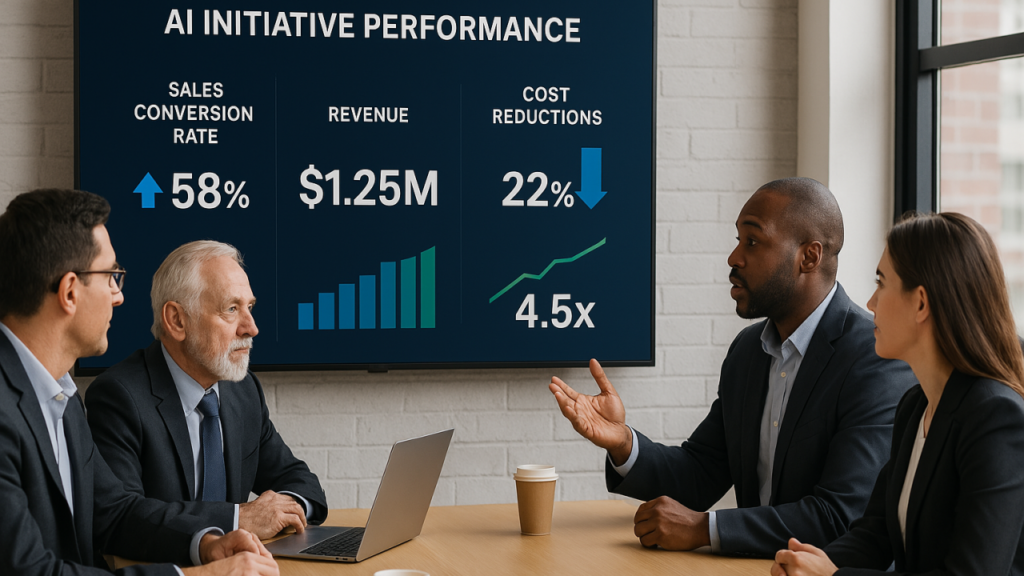In today’s fast-paced business landscape, many organizations find themselves overwhelmed by AI’s potential. With expectations sky-high and technology evolving rapidly, determining the actual return on investment for AI initiatives has become a critical imperative. Before diving headfirst into AI implementation, considering these five key factors can help you establish a clear ROI framework and set your AI journey on the right path.
1. Establish Your Baseline
Every meaningful measurement of success begins with understanding your starting point. Do you have existing metrics that clearly demonstrate current performance levels? Whether it’s customer service response times, production efficiency, or sales conversion rates, documenting these baselines is essential for quantifying AI’s impact later.
2. Define Revenue Impact Metrics
How exactly will AI drive additional revenue? Will it enable new product offerings, expand market reach, or improve conversion rates? The most successful AI implementations tie directly to revenue-generating activities with clear measurement frameworks. Be specific about which revenue streams you expect AI to influence and how you’ll track those changes.
3. Identify Cost Savings Opportunities
AI often delivers its most immediate ROI through operational efficiencies. Carefully map out where you expect to see cost reductions – whether through automating repetitive tasks or reducing error rates. The more precisely you can quantify these potential savings, the stronger your ROI case becomes.
4. Set Realistic Timeframes
Establish clear timelines for implementation, adoption, and expected returns. Most AI initiatives require an investment period before delivering measurable returns. Will you measure success in months or years? Setting appropriate timeframes helps manage expectations and prevents premature judgment of success or failure.
5. Calculate Total Investment Requirements
Beyond initial implementation costs, consider any longer-term costs. Will you need specialized talent, additional infrastructure, or ongoing training? A comprehensive view of both upfront and maintenance costs provides the denominator in your ROI equation.
Taking an objective, ROI-focused approach isn’t just about justifying AI investments, it’s about fundamentally understanding how AI can transform your business. At AI Journey Labs, we believe this perspective should guide every step of your AI initiative, from conception to deployment and beyond.

